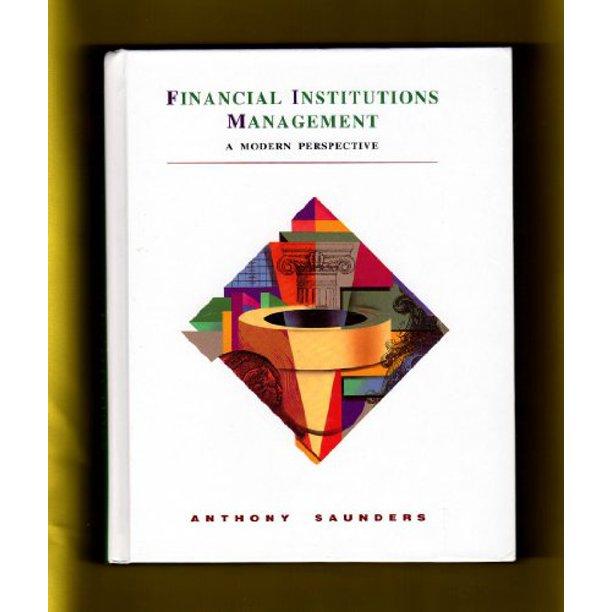Question
Ms. Gold has a portfolio of securities consisting of four sub-portfolios. The first sub-portfolio is made up of 10 federal bonds, each with a market
Ms. Gold has a portfolio of securities consisting of four sub-portfolios.
The first sub-portfolio is made up of 10 federal bonds, each with a market value of $ 990, per $ 1,000.
The second sub-portfolio contains 200 Hydro-Q bonds. These obligations, each with a par value of $ 1,000 each, a nominal interest rate (called sometimes coupon rate) of 11.5%. They pay interest (also called coupons) half-yearly and expire in 10 years (the most recent coupon just to be paid).
The third sub-portfolio consists of 175 common shares of Provigo. Each of these shares paid an annual dividend of $ 2 a year ago and has just paid an annual dividend of $ 2.10. By the way, you know that Provigo is always used to apply the same growth rate to its (ordinary) dividends.
The fourth sub-portfolio contains 300 BCE preferred shares. These actions pay a fixed dividend of $ 0.50 per quarter. The rates of return required by investors for the last three sub-portfolios can be summarized as follows:
- rate equivalent to 8% per annum, capitalized semi-annually, for bonds Hydro-Qubec;
- rate equivalent to 14% per annum for Provigo common shares; - rate equivalent to 11% per annum for BCE preferred shares.
a) Estimate the market value of each security. b) Determine the total market value of each of the four sub-portfolios. c) Determine the total market value of the overall portfolio.
Step by Step Solution
There are 3 Steps involved in it
Step: 1

Get Instant Access to Expert-Tailored Solutions
See step-by-step solutions with expert insights and AI powered tools for academic success
Step: 2

Step: 3

Ace Your Homework with AI
Get the answers you need in no time with our AI-driven, step-by-step assistance
Get Started


